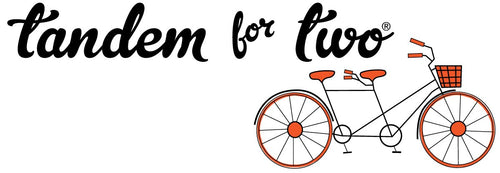As companies are starting to look ahead to 2026 and even 2027, staying ahead of design trends can be important for artists, product makers, and designers looking to create work that resonates with audiences. Several companies like MC&Co. and WGSN have identified key trends that will shape the visual landscape in the coming years, from color palettes to pattern directions and emerging motifs. These insights can help you refine your creative approach and stay ahead in a competitive market.
1. Sustainability and Eco-Friendly Design
The demand for sustainable design is stronger than ever, influencing everything from materials to color choices. Expect to see a shift toward earthy, nature-inspired hues such as moss green, ocean blues, and warm clay tones. Patterns will embrace organic textures, with watercolor washes, natural grain effects, and botanical illustrations leading the way.
How This Affects Your Work:
- Use eco-conscious materials and water-based inks for a sustainable product line.
- Incorporate hand-drawn foliage, natural textures, and recycled elements into your patterns.
- Opt for muted, nature-inspired color palettes that convey an environmentally friendly message.
2. Hyper-Tactile Design
Consumers are craving designs that go beyond just visual appeal—texture and dimension will play a major role. Expect raised, embossed, and layered designs that encourage interaction. Patterns will feature woven, quilted, or embroidered effects, while motifs will lean toward hand-crafted aesthetics.
How This Affects Your Work:
- Experiment with layered textures and embossed elements in your surface designs.
- Incorporate hand-drawn imperfections and illustrative stitch-like details into patterns.
- Use high-contrast color pairings to enhance the perception of texture and depth.
3. Minimalist Maximalism
Minimalism is evolving to include bold statements—think monochromatic color schemes with one dramatic focal point, or clean layouts punctuated by oversized motifs. High-contrast color blocking, oversized florals, and exaggerated linework will be key elements.
How This Affects Your Work:
- Use strong, structured layouts with large-scale patterns.
- Play with negative space to highlight bold, singular elements.
- Work with high-impact color palettes, such as deep navy with bursts of citrus or pastel hues punctuated by black.
5. Neo-Organic Forms
Nature-inspired, freeform design will continue to be a dominant force, with asymmetry, flowing lines, and imperfect shapes taking center stage. Iconography will include wavy grids, amoeba-like motifs, and fluid marble-inspired patterns.
How This Affects Your Work:
- Move away from rigid geometry and explore softer, more organic linework.
- Use marbling, ink dispersion, and flowing watercolor techniques in your designs.
- Develop patterns with hand-drawn, imperfect outlines that emphasize a crafted aesthetic.
6. Personalization and Customization
Consumers are seeking one-of-a-kind, customizable pieces. Designs that allow for monogramming, color variations, or bespoke elements will gain popularity. Icons and motifs that work well for personalization—such as hand-scripted names, abstract initials, and adaptable frame-like designs—will be in high demand.
How This Affects Your Work:
- Offer customizable color variations within your pattern collections.
- Develop modular design elements that can be rearranged or personalized.
- Incorporate hand-lettering or signature script styles into your artwork.
By aligning your artwork and product designs with these upcoming trends, you can create work that is both timely and timeless—capturing consumer interest while staying true to your creative voice. How will you incorporate these trends into your next collection?


